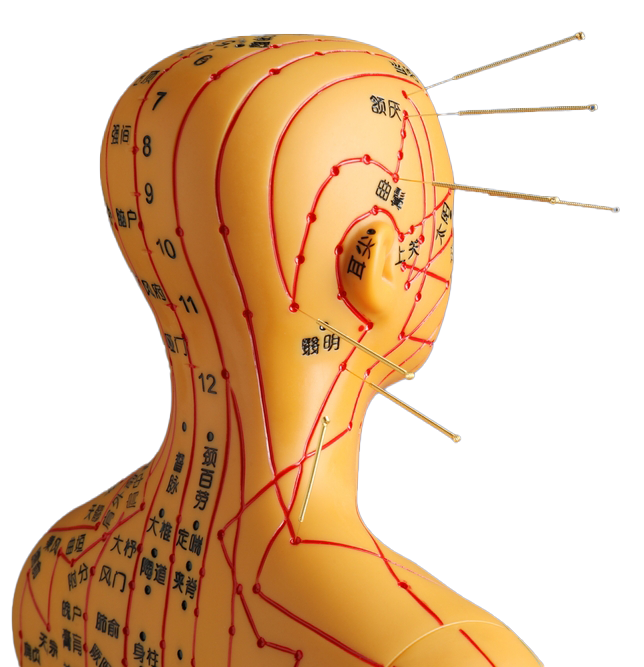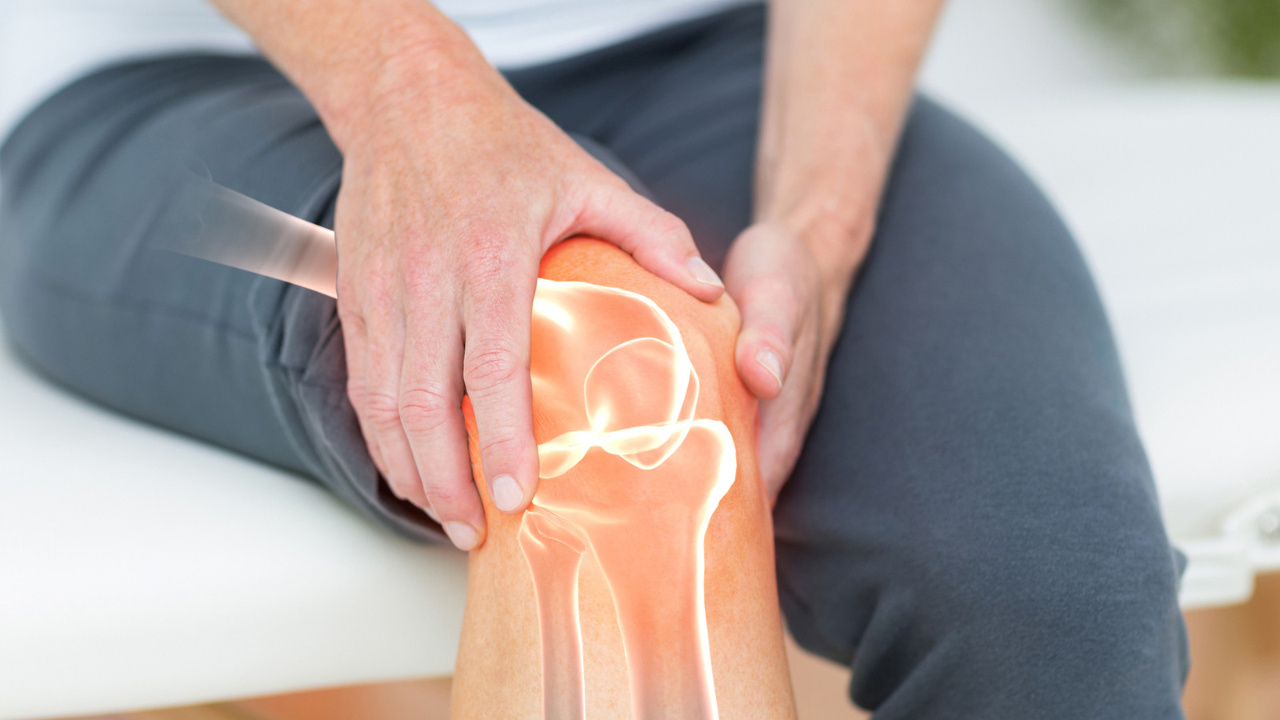- Facet joint Radiofrequency Thermocoagulation (RFT) Treatment
- Radiofrequency Thermocoagulation Dorsal root ganglion (DRG) radiofrequency thermocoagulation (RFT)
- Discitis Procedure
- Sacroiliac Joint Radiofrequency Treatment (Simplicity)
- In-Disc Ozone Therapy
- Nucleoplasty
- Transforaminal Injection (Pinpoint)
- Facet joint block
- Epidural Injection
Creating an individualised treatment plan
- Home
- Multidisciplinary Approach
- Creating an individualised treatment plan
Contents
Toggle- Creating an individualised treatment plan
- The role of different specialities (physiotherapist, orthopaedist, psychologist, neurosurgeon)
- Pain treatment during pregnancy
- Treatment of chronic pain in the elderly
- Pain management in children
- Stress management
- Healthy eating
- Ergonomic living arrangements
- Exercise and mobility
- Facet joint Radiofrequency Thermocoagulation (RFT) Treatment
- Radiofrequency Thermocoagulation Dorsal root ganglion (DRG) radiofrequency thermocoagulation (RFT)
- Discitis Procedure
- Sacroiliac Joint Radiofrequency Treatment (Simplicity)
- In-Disc Ozone Therapy
- Nucleoplasty
- Transforaminal Injection (Pinpoint)
- Facet joint block
- Epidural Injection
- Cancer pain
- Permanent Epidural / Spinal Port Application
- Vascular Port (Permanent Vascular Access)
- Trigeminal Nerve RFT
- Blockade of Ganglion Stellatum
- Lumbar Sympathetic Ablation
- Facet joint Radiofrequency Thermocoagulation (RFT) Treatment
- Radiofrequency Thermocoagulation Dorsal root ganglion (DRG) radiofrequency thermocoagulation (RFT)
- Hernia Burning (IDET)
- Discitis Procedure
- Sacroiliac Joint Radiofrequency Treatment (Simplicity)
- Permanent Epidural / Spinal Port - Pump System
- In-Disc Ozone Therapy
- Nucleoplasty
- Peripheral Nerve Block
- Transforaminal Injection (Pinpoint)
- Facet joint block
- Epidural Injection
- Intra-articular Fluid Treatment
- Dorsal root ganglion (DRG) radiofrequency thermocoagulation (RFT)
- Spinal cord stimulation (pain pacemaker)
- Ergonomic living arrangements
- Spinal cord stimulation (pain pacemaker)
- Nucleoplasty
- Radiofrequency ablation
- Herbal solutions
- Dry needle treatment
- Anti-ageing treatments
- Ozone therapy
- Cupping therapy - Cupping
- Mesotherapy
- Prolotherapy
- Acupuncture
- Stem Cell Therapy
- Nerve blockages
- Corticosteroid injections
- Massage and relaxation techniques
- Manual therapy
- Electrotherapy
- Neuropathic pain medications
- Anti-inflammatory drugs
- Muscle relaxants
- Painkillers (paracetamol, ibuprofen, etc.)
Creating an individualised treatment plan in pain managementIt involves developing a customised treatment strategy, taking into account the source of the patient's pain, individual characteristics and lifestyle. Each individual has different biological, psychological and social dynamics, so a personalised plan rather than a standard treatment provides more effective results.
Below, the steps of creating an individualised pain treatment plan, factors to be considered and treatment approaches are discussed in detail.
1. Objectives of Individualised Treatment Plan
- Reducing or Eliminating Pain
- To reduce the individual's pain level to a tolerable level.
- Increasing Functional Capacity
- To develop the ability to perform daily activities independently.
- Promoting Psychological and Social Wellbeing
- Reducing stress, anxiety and depression caused by pain.
- Achieving Long-Term Health Goals
- Taking preventive measures to prevent recurrence of pain.
2. Steps to Creating an Individual Treatment Plan
2.1 Detailed Patient Assessment
Before starting the treatment plan, a comprehensive assessment of the patient's pain should be made.
1. Medical History
- Duration, type (acute/chronic), intensity, spread and triggers of pain.
- Previously used treatments and their effectiveness.
- Comorbidities (diabetes, hypertension, osteoarthritis, depression, etc.).
2. Characteristics of Pain
- Location, duration, intensity and character of the pain (burning, stinging, throbbing, squeezing, etc.).
- Which movements or situations increase or decrease the pain?
3. Psychological State
- Evaluation of psychological factors that may increase pain such as depression, anxiety and stress.
4. Functional Status
- The extent to which the individual can fulfil activities of daily living.
- Mobility limitation and level of physical ability.
5. Social and Environmental Factors
- Factors such as family, work environment, social support system.
- The patient's lifestyle, dietary habits, sleep patterns.
2.2 Assessment of Individual Risk Factors
The following risk factors should be taken into account when formulating a treatment plan:
- Medication Use: Polypharmacy risk, drug-drug interactions.
- Age: Children, the elderly and pregnant women require special treatment approaches.
- Diseases: Conditions such as diabetes, kidney failure or heart disease may limit treatment options.
- Psychological State: Conditions such as depression or anxiety can increase the perception of pain and make treatment more difficult.
2.3 Designing the Treatment Plan
The following approaches can be combined according to the individual needs of the patient:
1. Pharmacological Methods
- Paracetamol and NSAIDs: It is used in mild to moderate pain.
- Opioids: It should be used carefully and for a short time in severe pain.
- Anticonvulsants: Gabapentin or pregabalin for neuropathic pain (e.g. diabetic neuropathy).
- Antidepressants: Chronic pain and concomitant depression (e.g. amitriptyline, duloxetine).
- Topical Treatments: Capsaicin cream, lidocaine patches.
2. Non-pharmacological Methods
- Physical Therapy:
- Exercise programmes, manual therapy, posture correction.
- Psychotherapy:
- Cognitive behavioural therapy (CBT), mindfulness, relaxation techniques.
- Physical Applications:
- TENS, hot/cold compresses, ultrasound therapy.
3. Interventional Methods
- Nerve blocks, epidural injections, radiofrequency ablation.
4. Lifestyle Changes
- Regular Exercise: To relieve pain and increase functional capacity.
- Dietary Pattern: Anti-inflammatory diet (omega-3, whole grains, vegetables and fruit).
- Stress Management: Yoga, meditation or breathing exercises.
- Sleep Pattern: To ensure quality sleep, attention should be paid to sleep hygiene.
5. Alternative and Complementary Methods
- Acupuncture, aromatherapy, massage therapy.
2.4 Implementation and Monitoring of the Treatment Plan
- Setting Short and Long Term Goals
- Short-term goal: Reduce pain intensity (e.g. pain level from 8 to 4).
- Long-term goal: To improve functional capacity and quality of life.
- Monitoring and Evaluation
- The response to treatment should be monitored regularly and the treatment plan should be updated if necessary.
- Progress should be monitored using pain assessment scales (e.g. 0-10 pain scale).
- Patient Education
- The patient should be informed about the treatment process, how to use the medication, how to do the exercises.
3. Sample Individual Treatment Plan
Example 1: For a patient with knee arthritis
- Pharmacological: Paracetamol + topical NSAID.
- Physical Therapy: Knee strengthening exercises, hot-cold application.
- Lifestyle: Reduction of excess weight, anti-inflammatory diet.
- Psychological Support: Psychotherapy for coping skills with pain.
Example 2: For a Patient with Fibromyalgia
- Pharmacological: Duloxetine or pregabalin.
- Exercise: Light aerobic exercises, yoga.
- Psychological Support: Mindfulness and relaxation techniques.
- Other: Melatonin or sleep hygiene training for sleep patterns.
4. Things to Consider in the Treatment Plan
- Treatment Adherence: The patient's compliance with the treatment should be monitored regularly.
- Side Effects: Side effects of drugs should be monitored and doses should be adjusted if necessary.
- Comprehensive Approach: All physical, psychological and social factors should be taken into consideration.
- Flexibility: The treatment plan should be updated when necessary and adapted to new needs.
Summary
An individualised pain treatment plan offers a personalised approach, taking into account the cause of the pain, the patient's characteristics and living conditions. This plan, which combines pharmacological and non-pharmacological methods in a balanced way, aims to reduce pain, increase the patient's functionality and improve quality of life. Continuous monitoring and evaluation is critical for the effectiveness of the treatment process.
Our treatments
- Home
- Multidisciplinary Approach
- Creating an individualised treatment plan



